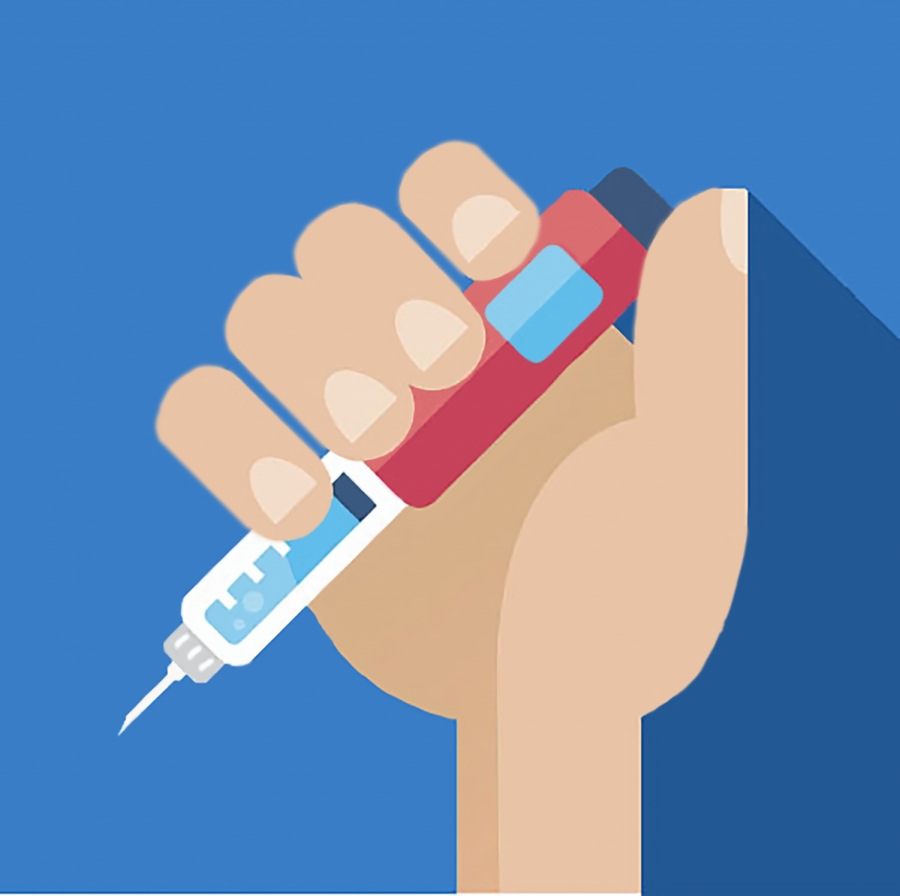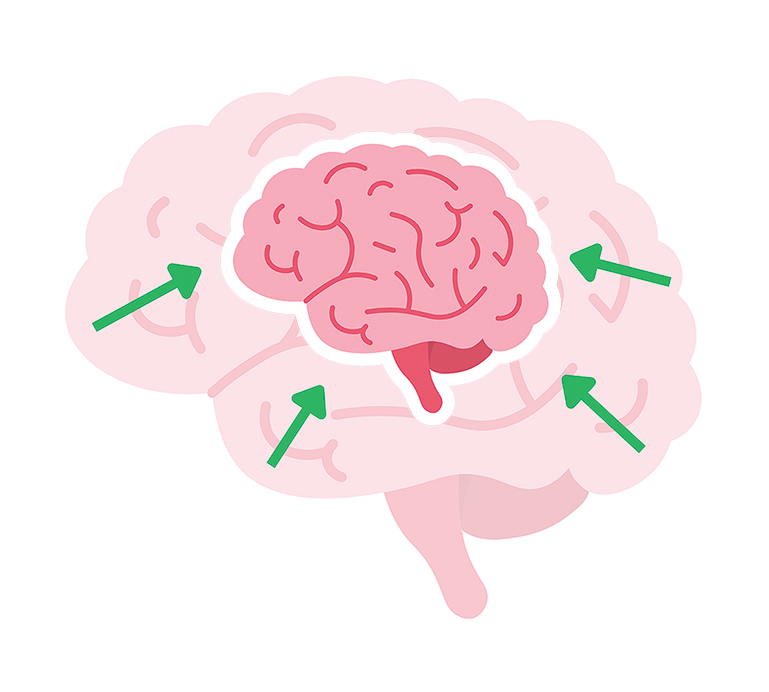Insulin Incline: The rising prices of insulin put diabetic lives at stake with outrageous affordability
November 20, 2019
At a very young age, Lincoln Southeast High School administrator Crystal Folden understood the fear of not knowing whether or not her mother could afford a life-saving medication. She knew the severity of her sister’s health if she misplaced a syringe or vial of insulin. She felt the anxiety of both type 1 diabetics’ deaths if they did not have insulin.
While technology has advanced greatly since Folden was a child and treating diabetes is much different now, diabetics still struggle.
“$1,820 bucks for a 90-day supply,” Folden said. “Every 90 days [that] you don’t have insurance, you have [to pay that out of pocket].”
According to The New York Times, prices have tripled for some insulins in recent years and many cost around $300 without a feasible alternative. This staggering information is just the brink of the devastating problem diabetics are facing today when it comes to the affordability of their life-saving medicine.
“You’re kind of at the whims of your insurance companies, if you’re lucky enough to have [insurance],” Folden said.
Insulin is a hormone made by the pancreas that allows the body to use sugar from carbohydrates in food for energy or to store sugar for future use. Type 1 diabetes is a disease that causes the body to not make enough insulin. Within a week, type 1 diabetics will die if they do not have insulin.
“[A] diabetic’s life today versus a diabetic’s [life] in the past [is a lot different],” Folden said. “Technology has made a huge difference [because] you have to be able to afford it, and it’s really expensive to afford it.”
The scientists that discovered insulin in 1921 sold the patent for only $1 each. They did this to make sure that the medication would be affordable for everyone. Insulin is almost a century old now, so the high prices confound diabetics and doctors.
According to The New York Times, prices have skyrocketed due to the lack of competition from generic brands. Companies tweak their formulas in order to get new patents instead of working to create cheaper generic versions. This is why there are no competitive generic brands; this methodology keeps insulin in mainly brand-name territory. There are other reasons insulin is so expensive as well.
One is the manufacturing process. Insulin is a biological drug, meaning that it is produced in living cells. This makes it difficult to manufacture, therefore making it more expensive.
The next reason, and arguably the most guilty of high prices, is the relationship between the drug manufacturers and the insurance companies. Insurance programs represent huge markets, so manufacturers have to compete to offer good deals. Diabetics with insurance have to deal with fluctuating prices because of constantly changing coverage. Different types of insulins trend at certain times, so a lot of time is wasted for diabetics and doctors because they are trying to keep up with which one is trending at the time.
“It’s a numbers game for insurance companies,” Folden said. “And they’re making a huge amount of money on that.”
Insurance and the difference between having it or not having it greatly impacts a diabetic’s life. A person on Medicaid or Medicare will have a very different experience accessing insulin than someone with adequate insurance coverage.
Folden’s mother has been a type 1 diabetic for 42 years and gets her insulin through Medicare and Medicaid coverage.
“My mother’s experiences were shaped by not having good insurance and not having access to resources,” Folden said.
LSE senior Jolee Little has been a type 1 diabetic for six years and has fortunately always been covered by her insurance, but still experiences the fluctuation of insulin prices.
“I’ve recently switched to insulin pens, which is way different and a lot cheaper,” Little said. “It was extremely expensive at first, but our insulin prices are like a rollercoaster; sometimes [they] will be super high and sometimes we’ll get really low prices for it.”
While affordability may not be as pressing an issue for Little as other diabetics, she still deals with daily challenges.
“I didn’t understand it at first because it really hadn’t hit me [that] you have to live with it for the rest of your life,” Little said. “There’s no cure for it, [and] I’m not going to lie, it’s really, really exhausting and painful.”
Little said she sometimes pricks her finger six to 10 times and gives five to six shots of insulin a day. Anytime that she eats, she needs to check her blood sugar. Depending on the number she receives from her blood sugar, she has to give insulin for it, which means another shot.
“In the morning for breakfast, lunch and dinner, I always have a shot,” Little said. “Then I have nighttime insulin that will carry me throughout the night when I sleep, but blood sugars can still fluctuate through the night when you sleep.”
Folden’s daughter also faces daily struggles having been a type 1 diabetic for just a year.
“When you’re in eighth grade, you’re starting to experience independence, pulling away from your parents and getting ready to go to high school,” Folden said. “But when you’re a diabetic, [it] kind of changes.”
Folden explained that it’s not only day-to-day decisions her daughter has to make, but every meal that she eats. She said it’s really hard for her daughter to want independence because she still has to have some adult supervision.
“Someone [has to] double check how many carbs she’s eating, someone has to double check she’s going to give herself an injection with a life-threatening medicine,” Folden said.
Ultimately, diabetics are facing nuanced struggles with the imbalance of insulin prices. At times, the future is uncertain for diabetics. Folden said that she thinks the future is having the federal government get involved.
“If I have a heart condition and I don’t take my heart medication, the chances of me dying go up,” Folden said. “If I don’t take my insulin, my chances of dying are guaranteed, there is no question it’s going to happen.”
She said if the government doesn’t step in and decrease the price of insulin or fund the research to manufacture generic versions of this medication, then there is no incentive.
“We’re at the mercy of the pharmaceutical companies, and there is not a thing I can do [because] I can’t stop using them,” Folden said. “Unless the government’s willing to step in, nothing is going to change.”










